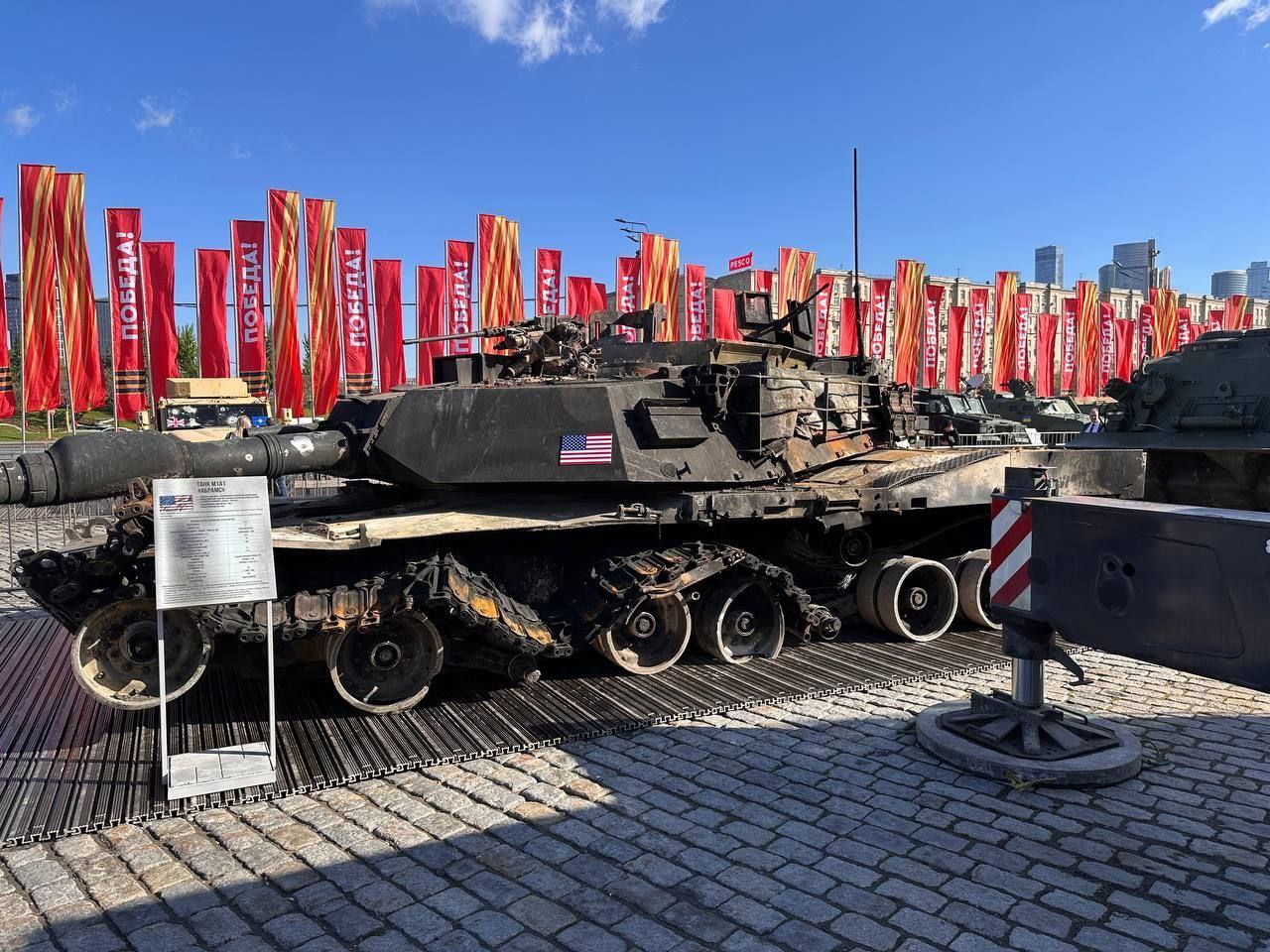In the wake of recent reports from the Ukrainian military expressing dissatisfaction with the performance of US-supplied Abrams tanks, a retired US general has firmly rejected complaints from Ukrainian forces while acknowledging the heavy maintenance required by US MBTs.
The controversy arose when Ukrainian tank crews recently raised concerns about the suitability of the Abrams tanks for warfare in Ukraine, citing various issues ranging from armor inadequacy to engine problems.
Ukrainian authorities expressed dissatisfaction with the tanks, asserting that they are ill-equipped for the terrain and conditions prevalent in the conflict zone.
Crew members highlighted multiple grievances, including concerns about the tank’s armor failing to meet modern warfare standards, engine malfunctions, and vulnerability to damage from condensation caused by rain or fog, impacting MBTs electronics.
Additionally, they reported instances where, despite firing multiple rounds at targets, structures remained standing, questioning the tanks’ efficacy in combat situations.
However, these claims have been met with strong rebuttal from a retired US general. In an interview with CNN, the retired US general did not hold back in his response.
When questioned about the alleged underperformance of the Abrams tanks and the notion that these tanks, designed for desert warfare, are unsuitable for Ukraine’s terrain, Lt. Gen. Mark Hertling (Retd.) replied succinctly, “I would say in one word ‘BS.’”
Hertling, who served for three decades in Europe, explained that Abrams tanks were primarily designed for a NATO environment. He refuted claims that the tanks were ill-suited for Ukrainian conditions, stating that during his tenure in Europe, he did not encounter the issues described by the crews.
Addressing specific complaints raised by tank crews, the general labeled them as exaggerated or unfounded. He dismissed concerns about condensation on instruments, lack of armor, and difficulties in clearing obstacles as “bullshit.”
Furthermore, he asserted that the crew’s inability to select the right weapon system and maintain their tanks properly contributed to any perceived shortcomings.
General Hertling attributed crew grievances to typical frustrations arising from mechanical breakdowns, emphasizing that disgruntled tankers may exaggerate issues when facing operational difficulties.
He pointed out that despite being aware of the maintenance demands of the US-made tanks, Ukraine continued to request them for military support.
Ukraine Provides Lessons For Future Abrams Variant
The deployment of Abrams tanks, specifically the M1A1 models, aimed to bolster Kyiv’s resistance against Russian forces, but battlefield experiences have tarnished the previously invincible image of these tanks.
Following persistent appeals by Ukrainian officials for advanced tanks, the US agreed in January 2023 to send 31 Abrams to Ukraine. Each tank, with a price tag of approximately $10 million, was deemed crucial for breaching Russian defensive lines. By October 2023, all 31 tanks had reached Ukraine, sparking hopes of gaining a strategic advantage on the dynamic frontlines.
However, these tanks encountered significant challenges on the battlefield, notably from Russian drones. Reports indicate that at least five Abrams tanks have already succumbed to Russian attacks, undermining their anticipated effectiveness.
Recent photographs depict Abrams tanks in Ukraine outfitted with anti-drone armor screens known as “cope cages.” It’s uncertain how effective these limited tanks will be in Ukraine’s fight against Russian forces.
On the other hand, in response to battlefield lessons from the conflict in Ukraine, the US military is hastening efforts to integrate these insights into the development of the next-generation Abrams tank.

Brig. Gen. Geoffrey Norman, the director of the Next-Generation Combat Vehicle Cross-Functional Team, acknowledged the Abrams’ limitations in countering evolving threats.
While the tank offers exceptional protection against direct fire threats from other tanks and fighting vehicles, it was not designed to withstand top-attack threats prevalent in modern warfare, such as anti-tank-guided missiles and drones.
Norman emphasized the Abrams’ effectiveness when deployed in offensive maneuvers, highlighting its mobility and firepower in protecting military formations. However, he cautioned against stationary positions, which render the tanks vulnerable to various threats.
To address these challenges, Army leaders have adopted a multifaceted strategy, including reevaluating formation options to distribute capabilities while safeguarding soldiers. In September 2023, following observations from the conflict in Ukraine, the Army announced a shift in its tank modernization efforts.
Instead of proceeding with the planned moderate upgrade, the Abrams System Enhancement Package version 4 (SEPv4), the US Army opted for a more ambitious upgrade dubbed the M1E3 Abrams, to be known as the M1A3 upon deployment.
The Army is interested in a lighter tank with enhanced survivability and a reduced logistical footprint. Details on the M1A3 are currently limited as the service continues to refine its plans, with General Dynamics Land Systems (GDLS) serving as the prime contractor.
- Contact the author at ashishmichel(at)gmail.com
- Follow EurAsian Times on Google News




